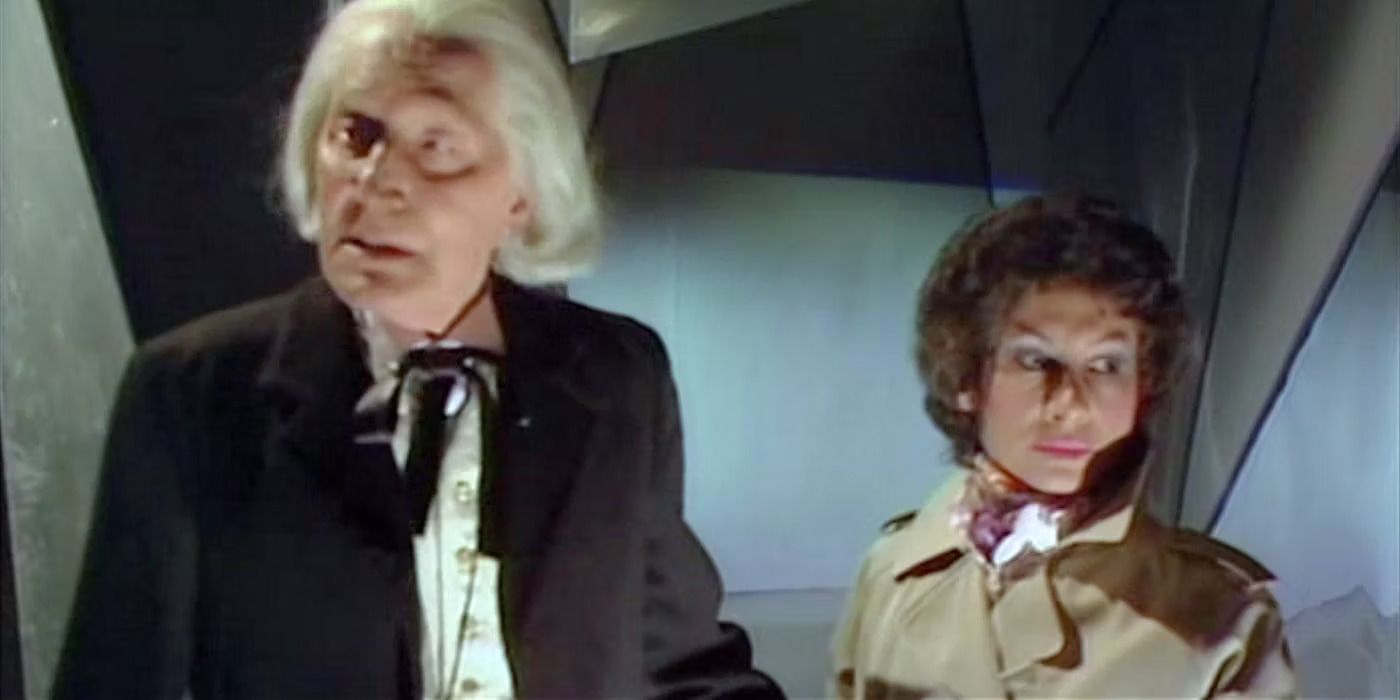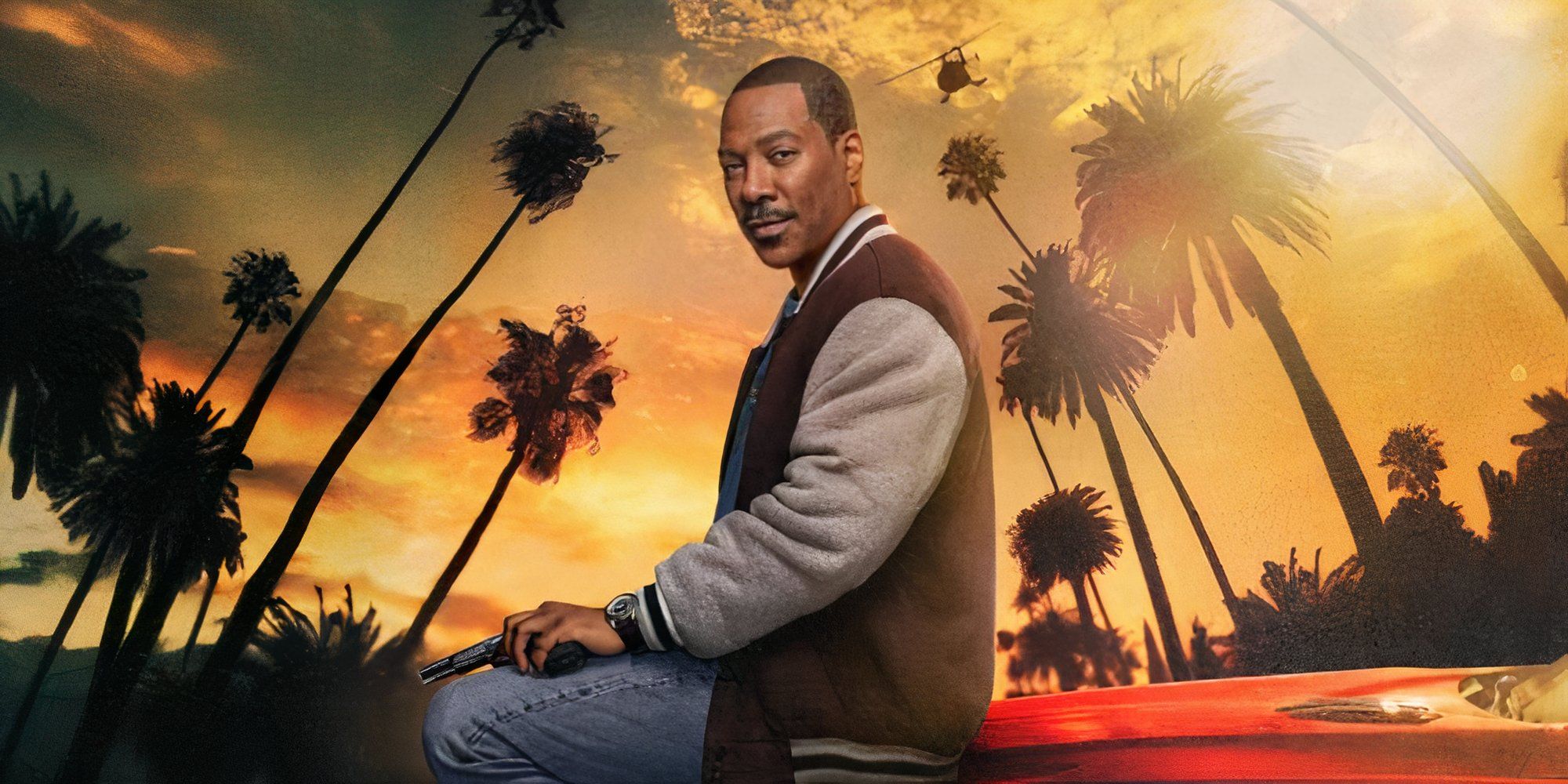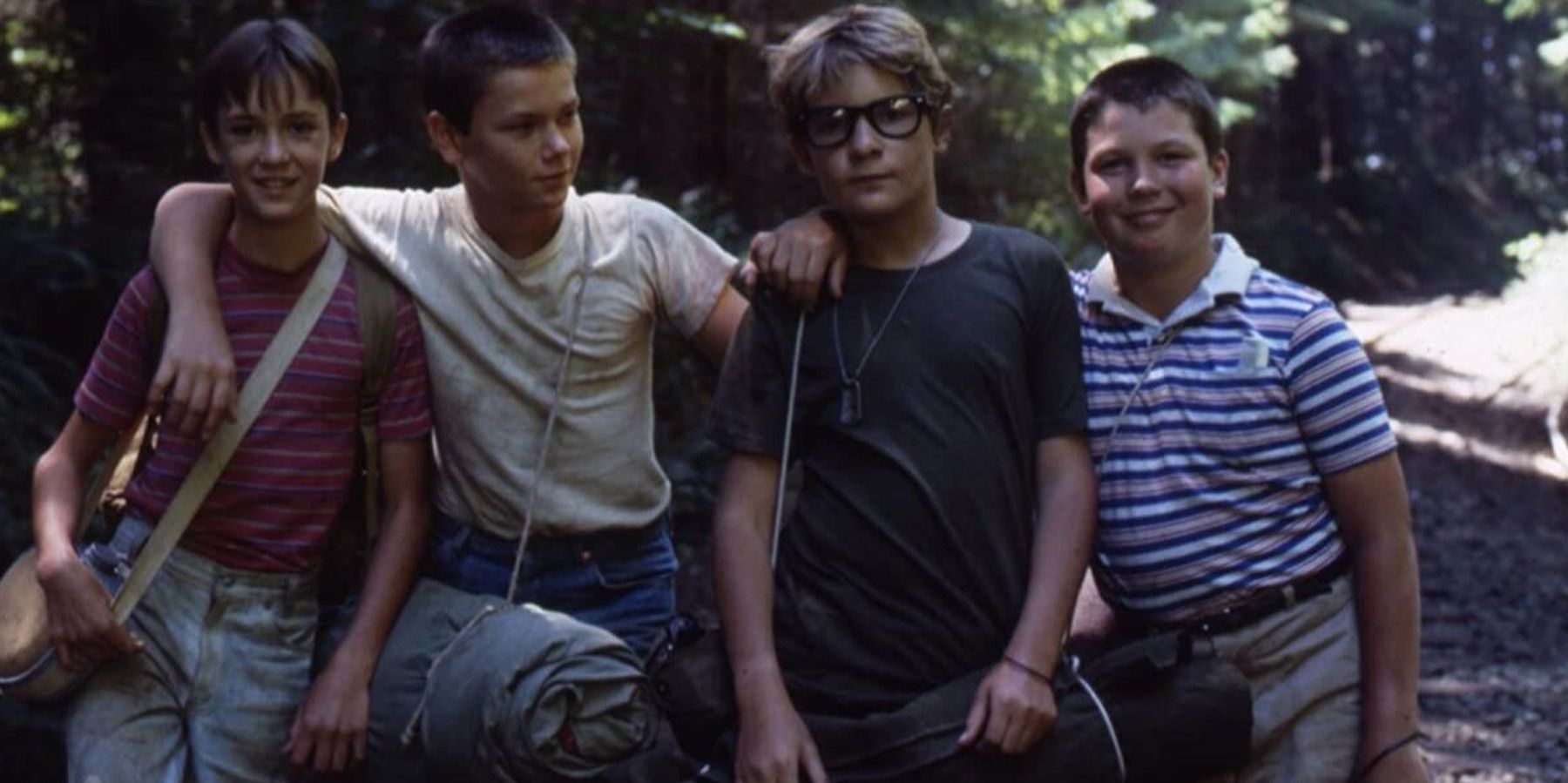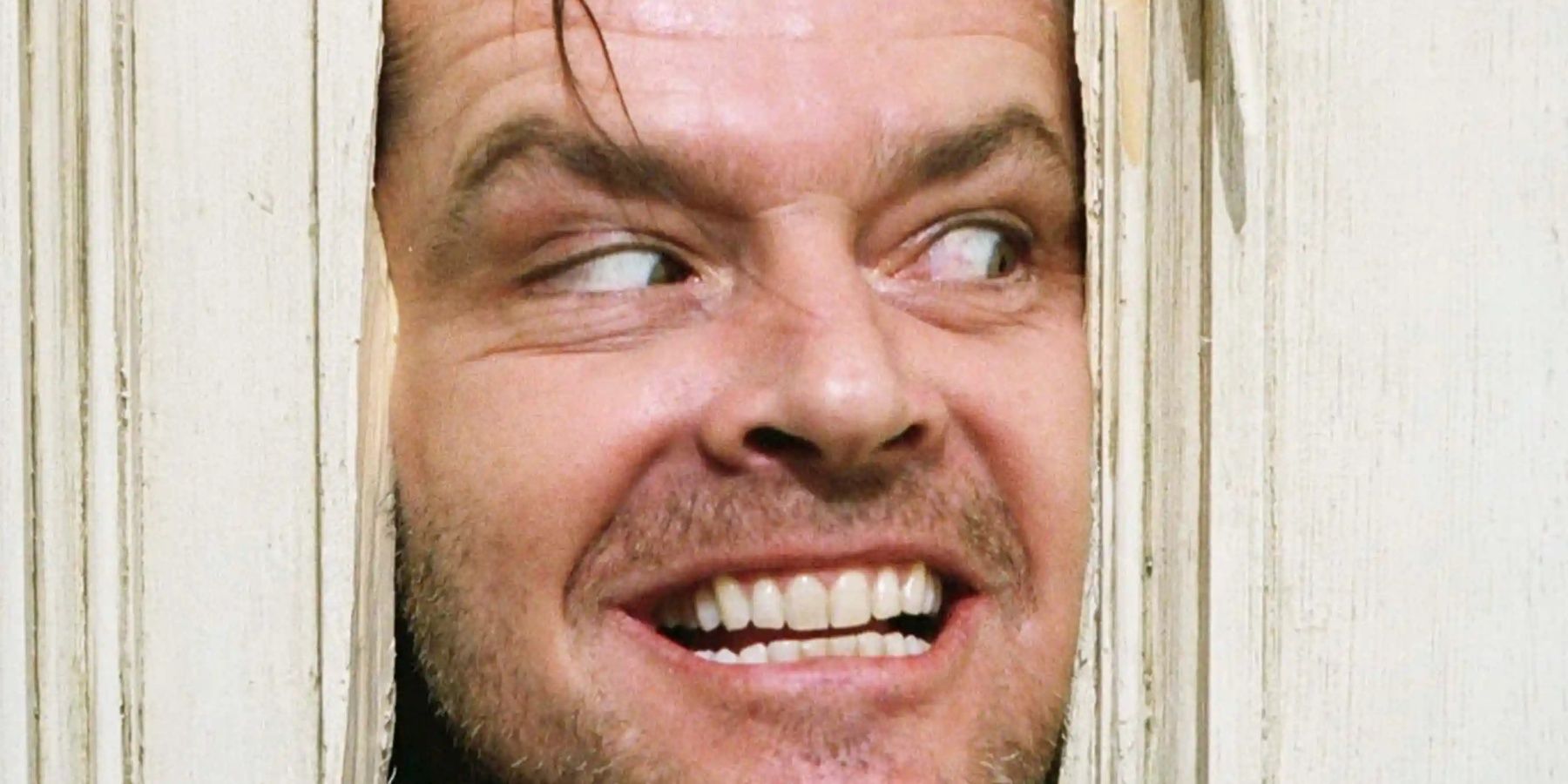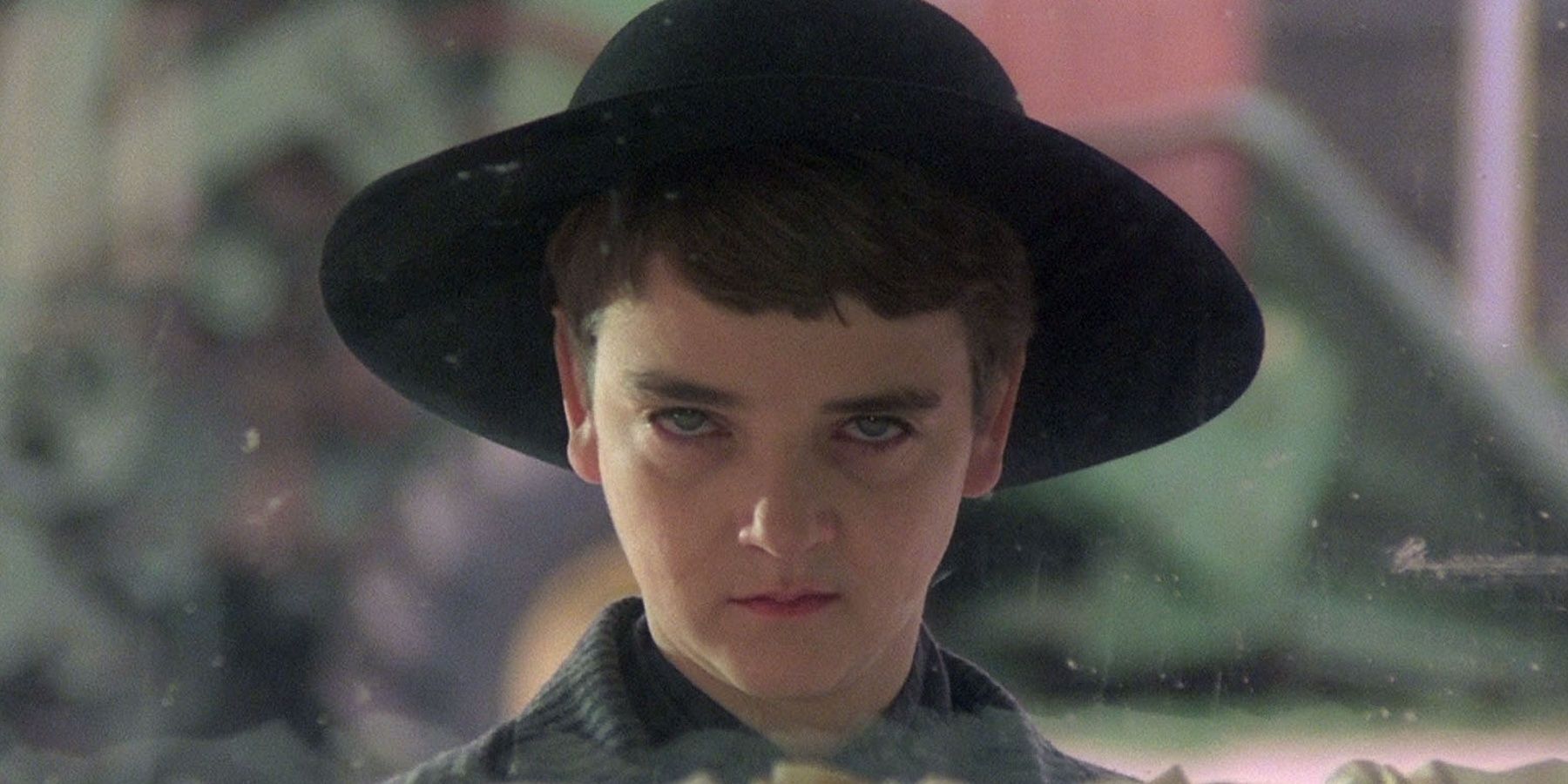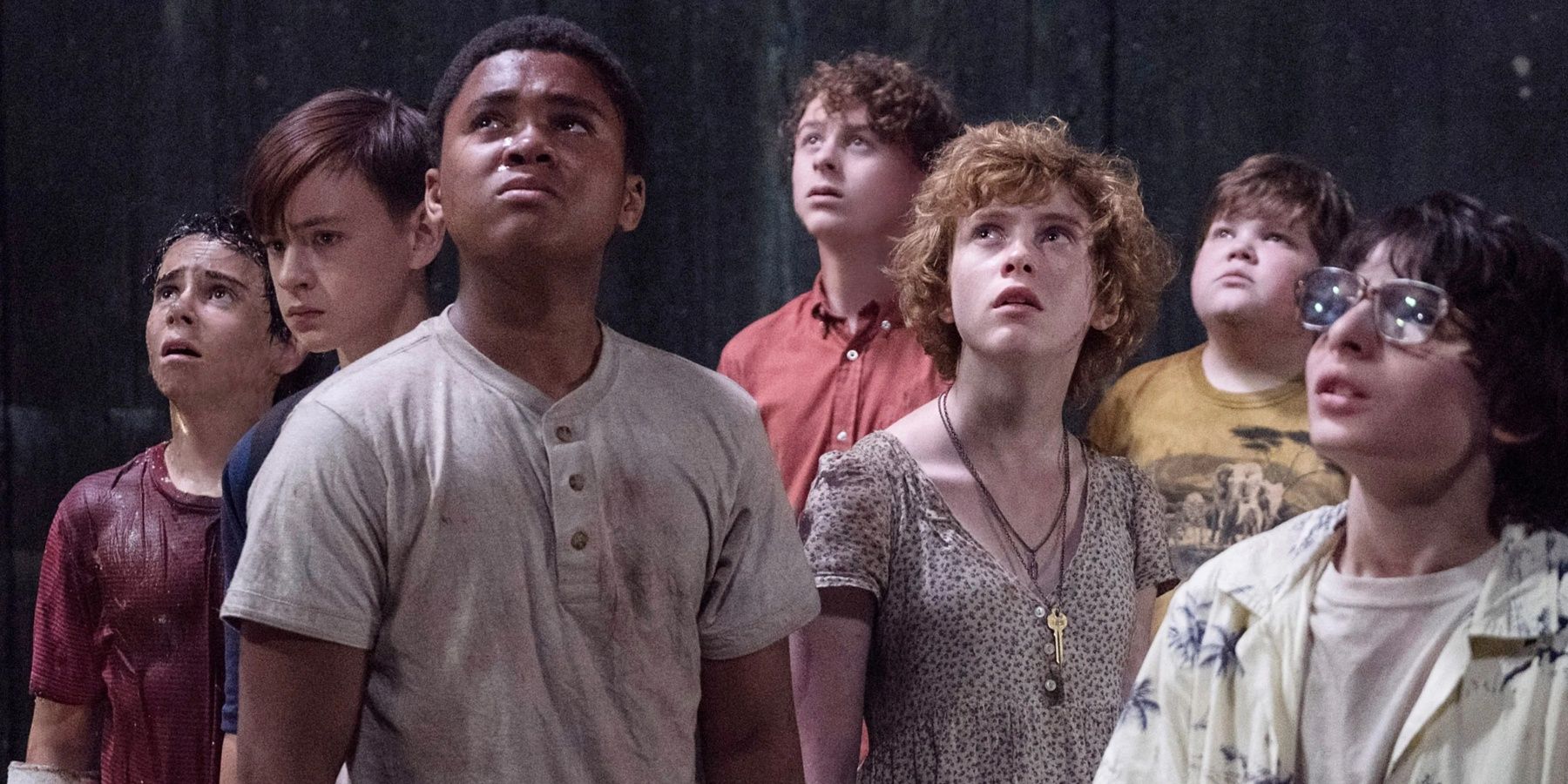As one of the most prolific and popular horror writers in the world, Stephen King has a lot of source material for moviemakers to pull from. Over the years there has been a steady stream of television and movie adaptations of King's work, ranging from his biggest and longest works like IT and The Stand to his lesser-known, and short stories like Stand By Me and The Shawshank Redemption.
Movies like The Shining, IT, and Stand By Me have cemented themselves as great films in their own right, with moments like "Here's Johnny!" and villains like Pennywise becoming part of pop culture. Along with the hits, though, there are also the misses, adaptations that don't hit the mark or are outright bad. With such a wide spectrum of reactions to King adaptations, what is it that makes King's words successfully transition from the page to screen, and what makes them fail?
In 1976, the adaptation of Stephen King's Carrie hit theaters as the first in a long line of media based on King's writing. Carrie was a huge hit and is still widely regarded as one of the best presentations of King's work on screen. The combination of King's words, director Brian De Palma's expertise in creating atmosphere, and the excellent casting of Sissy Spacek in the titular role made Carrie not only the original and one of the best King adaptations, but one of the best horror movies of all time.
Not only was Carrie the first movie adaptation of King's work, but it was also his first published novel, with a page count of only 199. The page count of Carrie is significant in the stable of King adaptations, as it hints at part of what makes a successful and enduring cinematic King experience. With a few exceptions such as The Shining and IT (which both had other factors tied to their success), the most successful King adaptations, or at least the ones considered most faithful and enduring, have been ones based on his shorter stories and novels.
Coming of age classic Stand By Me was released in 1986 and was based on King's novella The Body, a story included in his collection Different Seasons. The story follows a group of friends on the cusp of their teenage years who decide to go on a quest to find a missing boy from the next town over. The story is a tender tale of friendship and facing the reality of life and adulthood that has continued to make an impact today. The core friendship between the four boys is believable and touching. It capitalizes on the misfit outcast trope that is so prevalent in media, but does it with a true heart.
Another enduring, and franchise-starting, King adaptation featuring kids of the creepy variety is Children of The Corn. This corn-worshipping cult of children doesn't allow anyone over 19 years old to live. Once again, the original story was a short story initially published by Penthouse before being released as part of the short story collection Night Shift. The length of the original story? 16 pages. The number of films spawned from 16 pages? Eleven.
A trend with King's adaptations, and the ones that are most beloved, is that many of them are adapted from his shorter stories. Obviously, there is the exception of films like The Shining and IT, especially with the latter, which clocks in with a page count of 1,193. IT endures because of the strength of Pennywise as a villain. The original miniseries was a two-episode event totaling just over 3 hours, in which Tim Curry took the role of Pennywise and truly brought it to life. Curry delivers a horrific, sadistic, and terrifying performance as the ancient evil pretending to be a clown and his performance definitely propelled Pennywise into the upper echelons of horror villains.
However, looking at the original miniseries now, and the new movie adaptations by director Andy Muschietti, both have weak second halves. The first half of the miniseries and the first of Muschietti's films are the standout parts. Both focus more on the Losers facing down Pennywise as kids, facing childhood terrors and forming a strong bond of friendship that can't be broken by evil clowns or 27 years apart. IT: Chapter One was a huge hit, the young actors were praised for their portrayals and Bill Skarsgard created his own version of the killer clown that will give a new generation coulrophobia.
IT: Chapter Two didn't make as many waves. Despite an all-star cast and standout performances from James Ransone and Bill Hader as grown-up Eddie and Richie, the second installment fell flat. Too much was shoehorned into the short runtime, and key factors were erased. In the book, Mike Hanlon is the one who realizes the centuries-long horror of Pennywise and rot in Derry; the film switches this to Ben Hanscom. And the final showdown with a shrinking baby Pennywise is honestly not scary at all.
The reason for the decline in quality is the length and density of the source material. IT is over 1000 pages long, filled with lore, flashbacks, and character building that are impossible can't effectively portray in three or four hours. It's the same reason that adaptations of The Dark Tower haven't landed. It is a sprawling universe to adapt, with multiple books to incorporate and a huge well of lore to pull from.
The heart of Stephen King's novels is often not the horror, but the characters and relationships within his world. Over the years King has built up a huge interconnected universe centered around Derry. Trying to transition that world from page to screen is a daunting task, but the key seems to be to focus on the characters. The adaptations that work and that have gone on to be beloved are the ones that put the characters first, and don't try to cram years' worth of lore into a 90-minute movie. Simplicity is what makes stories on screen scary.

